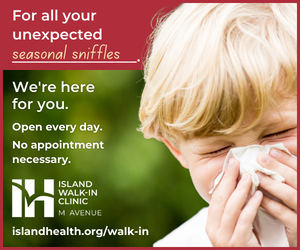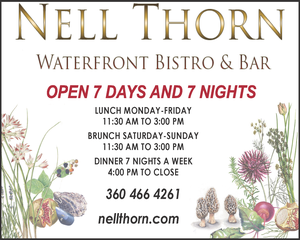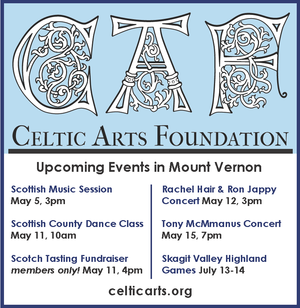Ask a Master Gardener
Tallamy's 'home-grown' national park
September 20, 2023
For 30 years, I've been enamored with native plants from Asia – peony, azalea, camellia, hydrangea, wisteria, kerria, bamboo and chrysanthemum to name a few. But recently, after reading Douglas Tallamy's "Nature's Best Hope: A New Approach to Conservation that Starts in Your Yard," I've turned to northwestern natives.
Tallamy, a professor of entomology and wildlife ecology at the University of Delaware, urges us to ditch our lawns and ornamentals and grow native plants instead. "Turfgrass has replaced diverse native plant communities in more than 40 million acres and we are adding 500 square miles of lawn to the United States each year," he writes.
Then there's the question of our water resources as we see drought spreading across the western U.S. and parts of the world. "In the U.S., lawn irrigation consumes on average more than eight billion gallons of water daily," and, according to the U.S. Environmental Protection Agency, "40-60 percent of fertilizers applied to lawns end up in surface and groundwater." In addition, we have pesticides that further contaminate our water and routinely kill pollinators. "Forty percent of these chemicals are banned in other countries because they are carcinogens."
Tallamy's mission is to begin a grass-roots movement of individual homeowners and gardeners growing native plants to create corridors of natural landscape.
He suggests three action steps:
• Reduce our lawns to curb water, fertilizer and pesticide use.
• Plant more natives (to bring in beneficial habitat, food for native pollinators and reduce water use.
• Remove invasives because they crowd out and replace vital natives.
After reading Tallamy's book I woke up to how "me" centered my gardening had been: growing plants that pleased only me, without the slightest thought to our many birds, butterflies, bees and other creatures struggling to survive. For example, I found no reference that listed my beloved peonies as pollinator-friendly plants in the Pacific Northwest. Hydrangea? No. Kerria and wisteria? Not really. Camellia? Maybe. Cisco Morris suggests that Anna's hummingbirds enjoy "Yuletide," since it is red, single-petaled and blooms in winter, but I have no personal observation to report. More importantly, "80% of a hummingbird's diet is insects and spiders."
"And what about cultivars?" many ask Tallamy. What about those many stunning and alluring flower and leaf varieties produced through selective breeding that we find at most of our nurseries? According to research done by Tallamy and other scientists, whether a cultivar retains any benefit to pollinators depends on what was modified. He advises avoiding plants where the leaf color has been changed from green to brown, purple or red (because insects like chlorophyll) and it is best to avoid flowers that went from single-petaled to multi-petaled (bees can't get inside), or plants that have been made sterile. On the other hand, a woody plant made shorter is relatively okay. In sum, no one size fits all.
A quick tutorial can be found on the Grow Native website: grownative.org/learn/natives-cultivars-and-nativars/ or in the Q&A in Tallamy's book.
For more specific ideas, photos and discussion about creating native gardens and their beneficial impacts on the ecosystem read the Skagit County WSU Extension Master Gardener blog post at skagitmg.org/natures_hope/











Reader Comments(0)